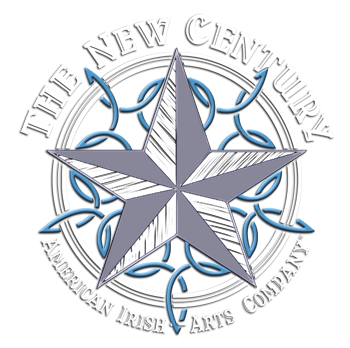Music Theory for Traditional Musicians
Overview: The music theory program at MAD Week is specifically designed for practitioners of Irish traditional music and dance. Students will learn to play by ear, sight read, sight sing, and describe traditional tunes, songs, and steps using universal terms. Our syllabus prepares students to meet or surpass the music theory requirements of the Scrúdu Ceol Tíre exams offered by Comhaltas. The curriculum progresses at a modest pace in order to reinforce concepts using practical examples and exercises. We strongly suggest that this curriculum should be seen as a cornerstone in the education of instrumental musicians, singers, and dancers.
Admission: The beginning level of this curriculum has been designed for musicians and dancers who are able to play or lilt at least 15 tunes, and who are ideally age 12 or older (though exceptions will be made for younger, eager students). Admission to each level requires completion of the preceding level(s). Students who do not meet the minimum requirements for entry into Level I may still be admitted at the discretion of the instructor.
Homework: Students will be expected to complete homework assignments in order to develop fluency with music theory concepts.
I: Scales and the Circle of Fifths
Level I will provide students with a framework for understanding the melodic structure of Irish traditional music. Over five classes, we will discuss intervals, the construction of scales in diatonic modes, and the relationship between keys as explained by the circle of fifths. Students will come away from this class knowing how to build scales in the ionian (major), aeolian (natural minor), mixolydian, and dorian modes (the primary modes of Irish traditional music), and will be able to recognize pentatonic and hexatonic scales in airs and dance music.
II: Rhythm, Meter, and Steps
Level II will address the rhythmic and metrical structures of jigs, reels, hornpipes, slip jigs, hop jigs, polkas, slides, and marches in their various regional and historical forms. Students will learn to distinguish between, for instance, single jigs and double jigs, and will learn to make a case for whether a tune in 6/8 is a jig, a march, or a planxty. We will master fundamental metrical devices such as counting, subdivision, and the time signature, and develop useful definitions for rhythm, meter, and tempo. Finally, students in Level II will create and compare transcriptions of dance steps with transcriptions of melodies.
III: Ear Training & Sight Singing
To fulfill the requirements of the SCT exams, students will need to identify melodic forms and demonstrate fluency in sight singing and sight reading on an instrument. Level III will train students to transcribe melodies by ear, and sing simple melodies from music notation. Though the majority of class time will be spent practicing transcription and sight singing, the course will also familiarize students with some conventional melodic motifs in Irish music, and will discuss standard ornamentation on a range of instruments.
IV: Harmony in Modes
Drawing on knowledge from levels I, II, and III, students in Level IV will examine harmony in Irish traditional music referencing conventional modal chord progressions and harmonic tendencies derived from uilleann and highland piping. Students will learn to build triads in diatonic scales and identify cadences, cadential phrases, and substitutions. Students in Level IV will be expected to read notation on the treble and bass clefs as the class will examine arrangements by Edward Bunting and Carl Hardebeck.
V: Musical Composition
The culmination of the music theory program is a series of guest lectures on composition by composers of Irish traditional music.

